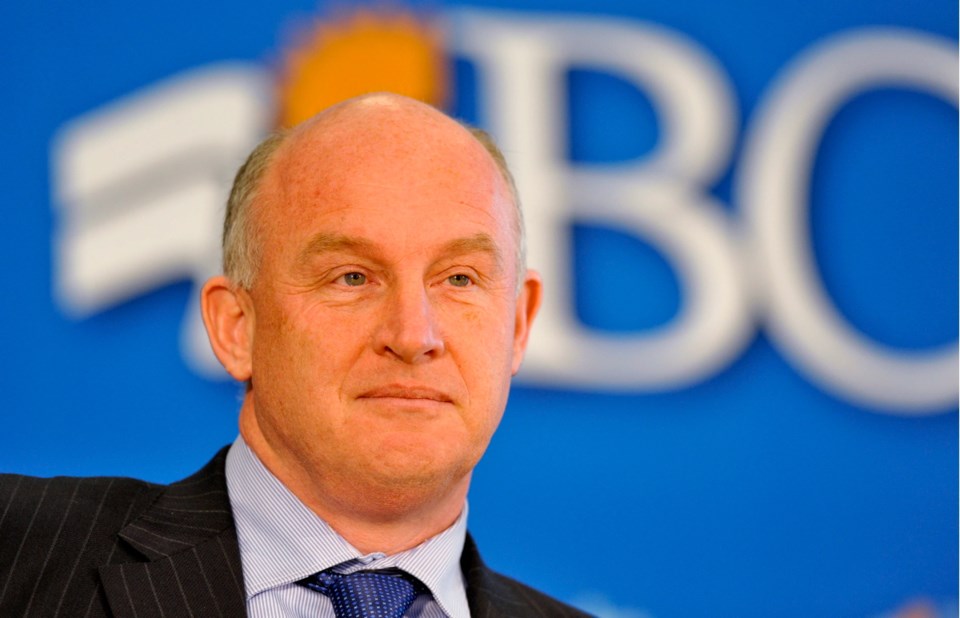Recreational pot could be sold at dispensaries in one city and corner stores in another when it becomes legal next summer.
Mike Farnworth, minister of public safety and solicitor general, said the province is embarking on a public consultation process for non-medicinal marijuana regulation, but doesn’t expect to force a retail model on local governments.
“I think it’s important that local government is not only heard and at the table, but there’s an understanding that one size does not fit all,” Farnworth said.
That comes as welcome news to some Greater Victoria politicians.
Langford Mayor Stew Young said he’s happy municipalities will have a say over retail operations.
“The province isn’t going to give us any money to manage these places, so we should be the ones to control it,” said Young, who has taken a tough stance against pot shops opening ahead of legalization.
Victoria Mayor Lisa Helps said local governments should have a say in land use, planning and zoning, but she hopes the province will take a comprehensive approach so the rules don’t vary from town to town.
What will be consistent across the province, Farnworth said, are things like age restrictions, enforcement and possession limits.
Public and stakeholder engagement wrap up Nov. 1.
No formula for revenue-sharing between the federal and provincial governments has been determined, he said.
The province anticipates legalization will have large up-front costs and isn’t looking at the tax potential as a “cash grab,” said Farnworth, adding local governments won’t be stuck with those costs.
“We are not looking at this as a downloading exercise — we want to make sure we have in place the resources to deal with those upfront costs that are required.”
In addition to an online and telephone public-engagement campaign, the province is collecting input from Indigenous groups, law enforcement, industry players and stakeholders in health, agriculture and other sectors.
The province has also asked the Union of B.C. Municipalities to form a standing committee on cannabis legalization so local governments can share their experience, knowledge and concerns.
The federal government introduced legislation in April that would legalize recreational marijuana by July 1, 2018, but is leaving it up to each province to determine its own distribution system and usage regulations.
Provinces can also upgrade traffic-safety laws related to cannabis-impaired driving.
Ontario announced its plans this month to sell recreational marijuana through the province’s liquor control board and limit consumption to private residences.
Young said the province’s goal to lay out cannabis regulations by spring is way too late.
“We’re on the front line and the biggest cost to managing these stores and managing the sale of recreational marijuana will be borne by the municipalities,” he said.
Young would prefer to see recreational cannabis sold in liquor stores, since they already have staff trained to check ID.
He said licensed producers, who have already had to jump through hoops to satisfy Health Canada’s strict guidelines, should get preferential treatment when it comes to setting up storefront dispensaries.
He hopes the province will set the legal age to buy pot at 19, so it’s on par with the legal age for alcohol.
Young also said Langford would likely require that dispensaries be at least 800 metres apart and that they not be close to schools, parks or daycares.
Alex Robb, general manager for Trees Dispensary and director of the B.C. Independent Cannabis Alliance, is encouraged that the government wants input from the public and stakeholders.
But Robb pressed the province to unveil its regulatory regime as soon as possible, so cannabis businesses have time to get the infrastructure in place ahead of federal legalization.
“I would have preferred the provincial government to come out and say: ‘We’re going to bring in a mixed public-private approach,’ but I’m quite satisfied with the idea of a public-engagement program, because I think that will bring out all the other interests,” said Robb.
Farnworth defended B.C.’s pace, saying it was delayed by the provincial election and change of government.
B.C. Liberal public safety critic Mike Morris, MLA for Prince George-Mackenzie, said regulation will be difficult without a uniform retail model.
“I think it would be very difficult to have a multitude of different models at play at any given time,” Morris said.
“I think it’s going to need a consistent approach to distribution, to make sure everyone’s following the same rules or guidelines.”
The priority should be ensuring the product sold is safe and doesn’t come from organized crime, and there needs to be public education about health risks and the dangers of cannabis-impaired driving, he said.
To provide input, go to engage.gov.bc.ca/BCcannabisregulation



